Observe and record learning about the Capillary Action of Plants with a printable science experiment guidebook.
What is Capillary Action?
Capillary action, also known as capillarity or capillary rise, is a phenomenon in which a liquid, such as water, moves within a narrow space or tube against the force of gravity. This concept is seen in everyday life, such as in the movement of water through plant roots, the absorption of ink by paper, the wicking action in a sponge, or the function of a wick in a candle or lamp.
Observe Capillary Attraction in Plants with an Experiment!
Use this science experiment booklet to guide your students through this fun experiment. In this science experiment, students learn the idea of the capillary action of water in flowers.
This experiment requires students to
- Fill 4 containers with water, about halfway full.
- Add food colouring to 2 glasses, choosing different colours for each glass.
- Take the white flowers and trim their stems at an angle with scissors.
- Place one flower in each glass, fully submerging the stems in the coloured water.
- Split the stem of a third flower and place one end in each colour container.
- Leave the flowers undisturbed for several hours or overnight.
This printable scientific observation workbook provides your students with an organized and informational place to record their predictions, findings, and conclusions. This teaching resource includes the following information:
- background information
- materials needed
- method for experiment
- further questions.
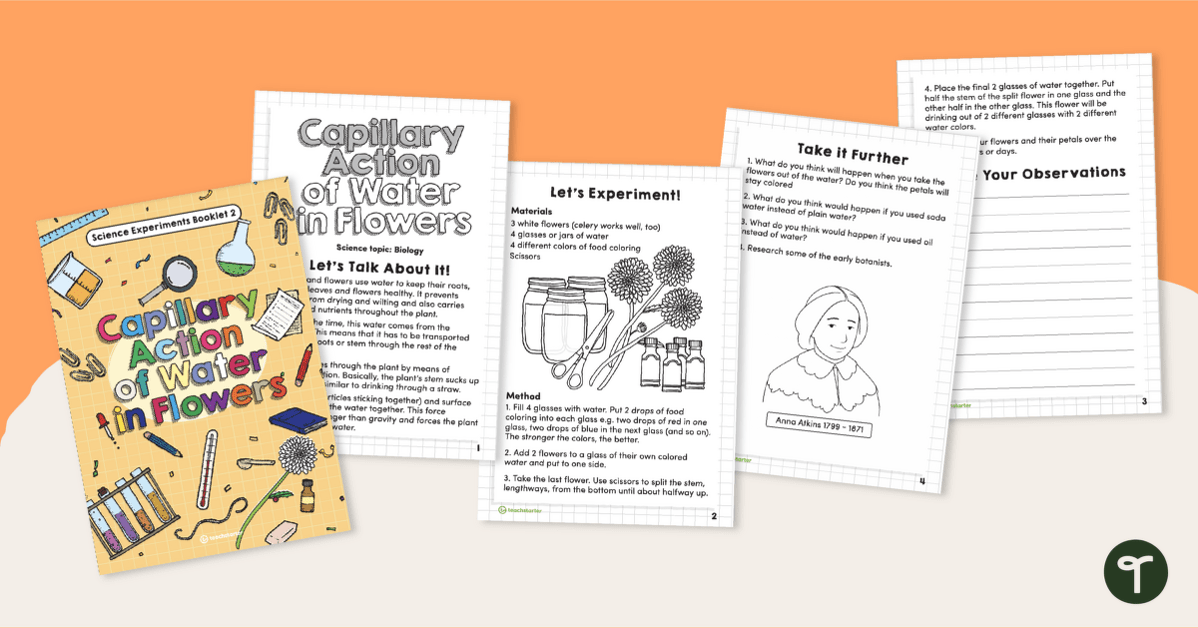

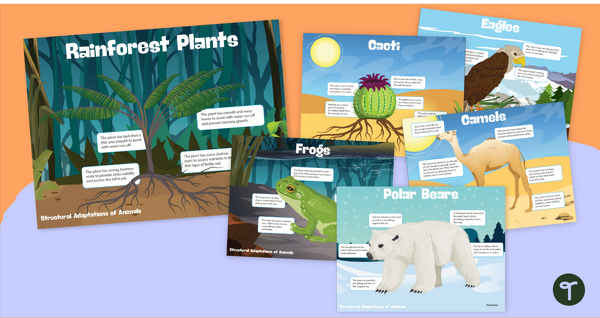
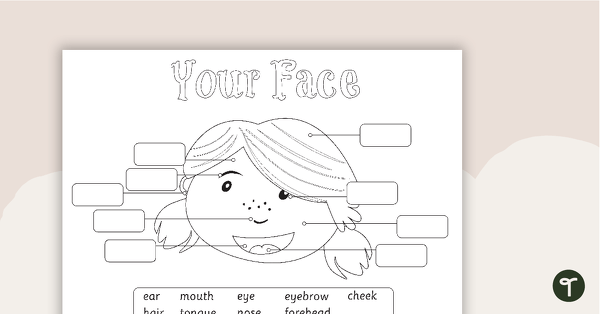
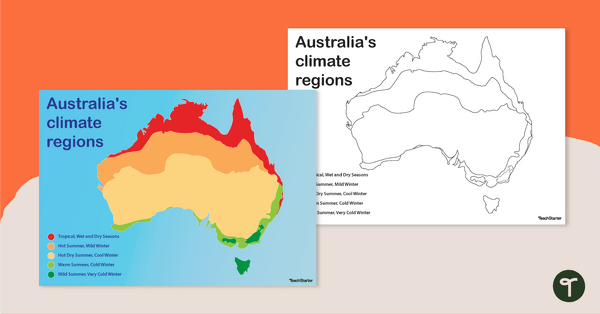
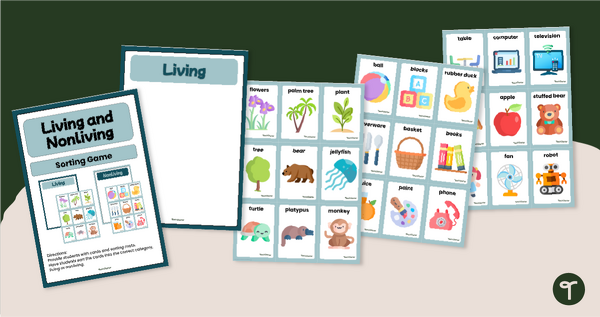
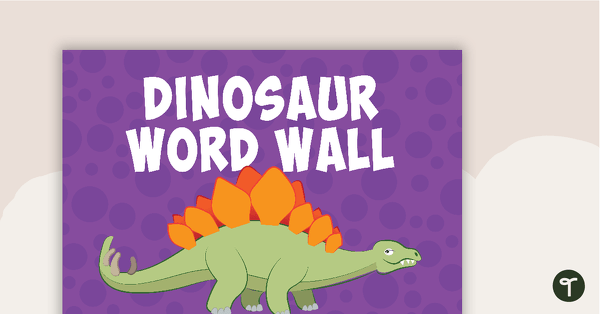
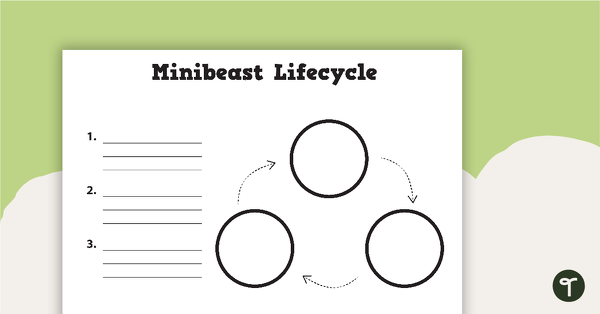
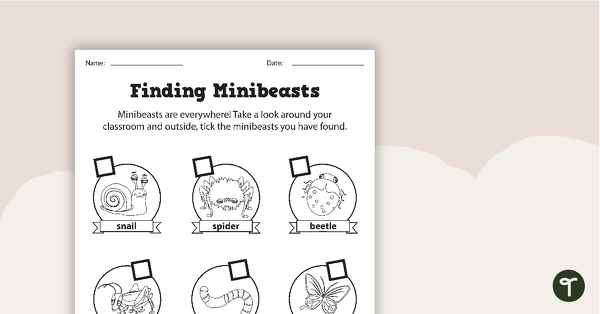
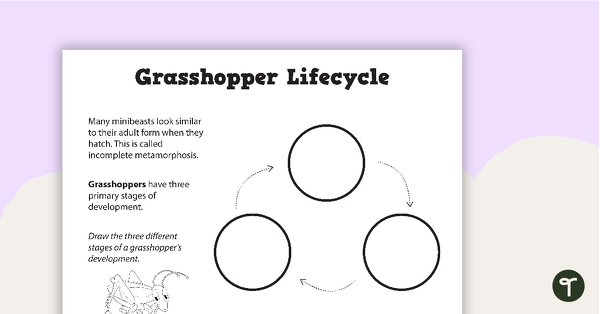
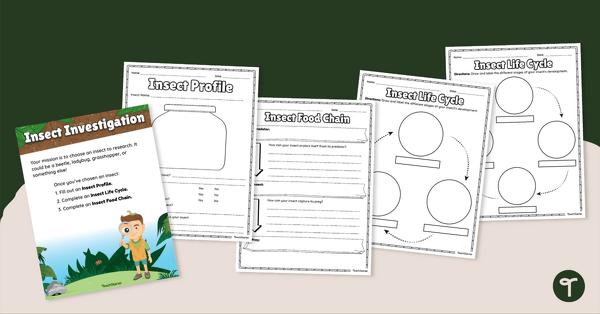
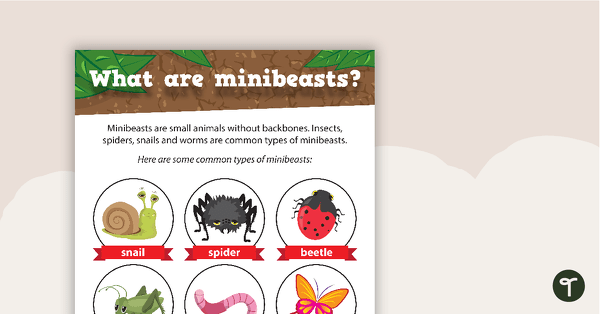
0 Comments
Write a review to help other teachers and parents like yourself. If you'd like to request a change to this resource, or report an error, select the corresponding tab above.